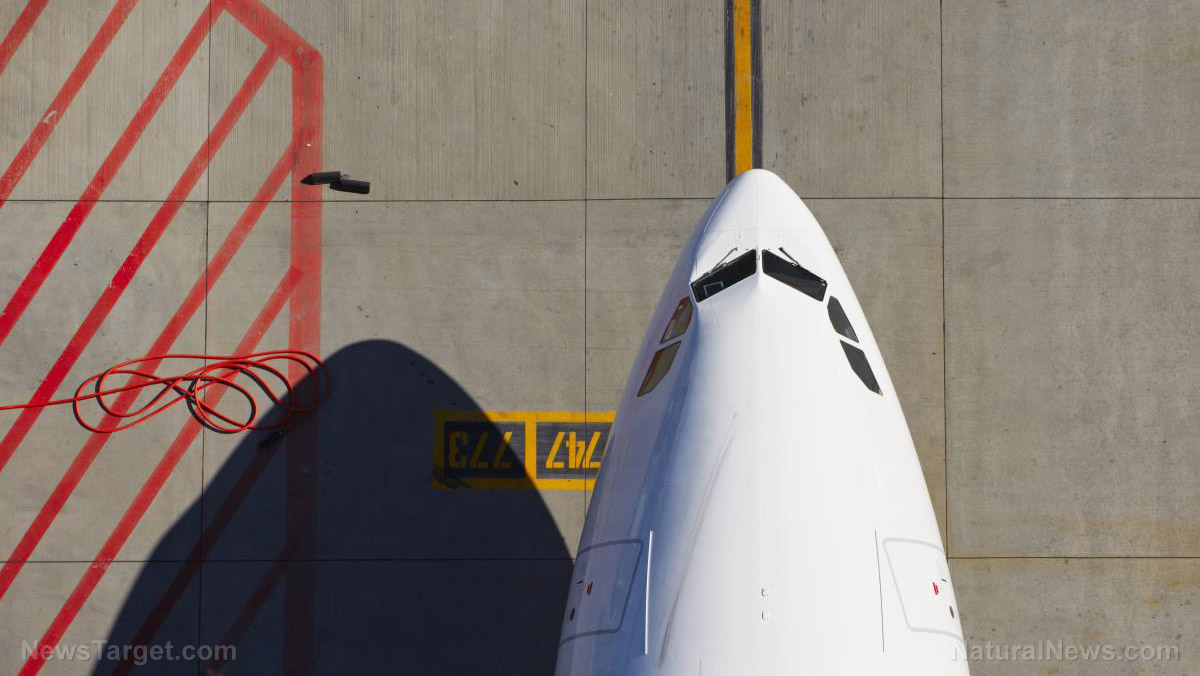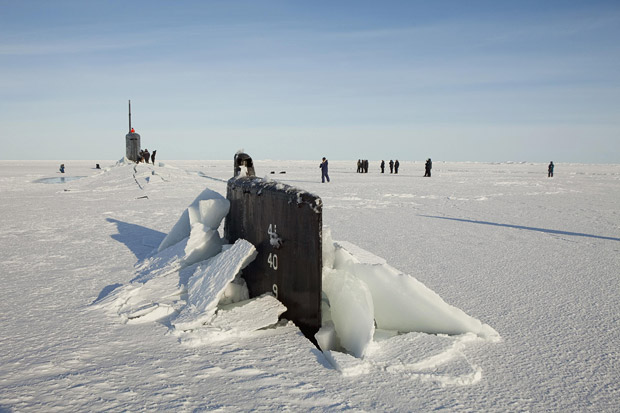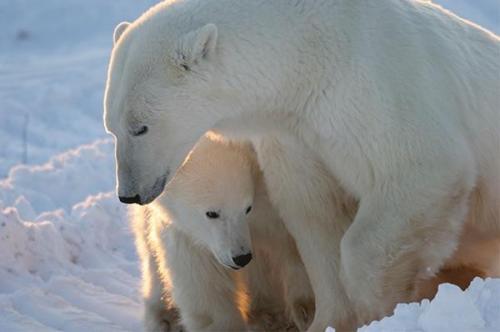
Strong volcanic eruptions have hit the Canary Islands and Iceland in the past year. Now, a "major eruption" is also marked as imminent at an Alaskan volcano. According to volcanologists, a major volcanic eruption is to be expected at Semisopochnoi on Unyak Island in western Alaska.
Seismic observations on the island show increasing eruptive activity. Scientists have upgraded the Aviation Color Code and Volcano Alert Level to a red warning as the volcano's ash plume rose to 15,000 feet into the atmosphere.
The volcano's ash emissions have increased both in frequency and intensity and are now visible on satellite images as it rises above the weather clouds. The ash cloud, which is blown by high winds, has extended to approximately 60 miles to the southeast of the volcano.
According to the Alaska Volcano Observatory (AVO), explosions have been observed throughout the day, and an increase in sulfur dioxide gas emissions has been observed in satellite data.
Volcano sits on the Ring of Fire
Semisopochnoi is located on the easternmost land in the United States, just 9.7 miles west of the 180th Meridian in Alaska. It is part of the Aleutian Islands, a chain of 14 large volcanic islands and 55 smaller other islands. These islands sit on the northernmost area of the so-called Ring of Fire, a path along the Pacific Ocean that is characterized by active volcanoes and frequent earthquakes.
These eruptions and earthquakes are caused by plate tectonics under and around the Pacific Ocean where continental plates move and collide with each other, creating the seismic activity that the Ring is famous for.
The AVO is responsible for issuing Aviation Codes and Volcanic Activity Alert Levels. When a volcano eruption is imminent or underway, with significant emission of volcanic ash expected in the atmosphere, the code becomes red.
It says additional explosions and ash plumes are possible. This could be problematic for trans-Pacific Jets that fly near the volcano on Asia to North America routes because volcanic ash can create significant harm to jet engines that fly through them. Just a small amount of ash could cause a total engine failure.
While seismic and volcanic activity is expected to continue, there is no tsunami warning yet as of reporting time. (Related: Three volcanoes in Alaska are erupting, spewing lava, steam and ash.)
Along the 800-mile stretch that is Alaska's Aleutian Island chain, three volcanoes also erupted at the same time in August this year, with at least two of them spewing low levels of ash and steam. However, they did not pose a threat to nearby communities, nor did they disrupt any air travel.
Matthew Loewen, a research geologist with the Alaska Volcano Observatory said that Alaska has a lot of volcanoes and it is typical to see one eruption a year. While having three erupting at the same time is less common, it does still happen.
Loewen said that it's been around seven years since three volcanoes erupted in Alaska at the same time, but the recent unrest has kept them monitoring campaigns, considering the danger that volcanic ash brings to airplanes passing over the area.
"It's keeping us on our toes. It’s definitely exciting and a busy time for us up here," he said.
The Alaskan volcanoes are not the only ones under watch in the United States. Two others -- one in Hawaii and one near Guam -- are also showing signs of activity. Mauna Loa, the largest volcano on Earth, has experienced a series of earthquakes recently but has not erupted. Pagan, near Guam, also exhibited some activity.
Get more updates about the latest volcanic activities at Disaster.news.
Sources include:
Please contact us for more information.




















